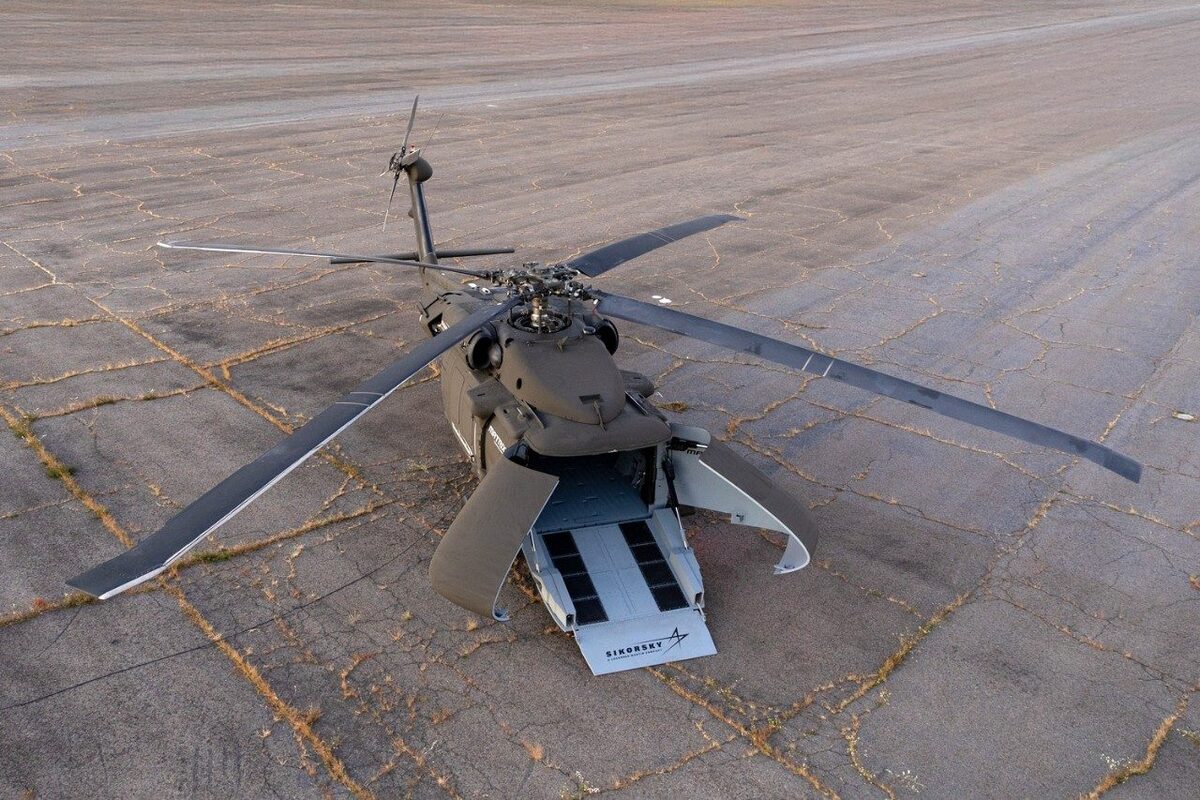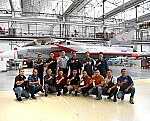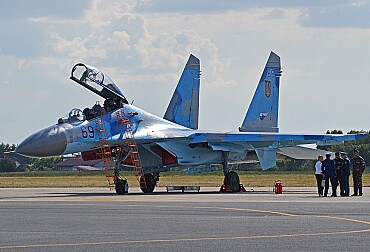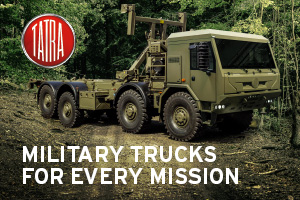The Legendary Black Hawk Goes Pilotless: The Beginning of the Autonomous Helicopter Era
Black Hawk is a name that has made its mark on military history as strongly as Apache or Chinook. Black Hawk—a symbol of American mobility, from Somalia to Iraq to (currently) Ukraine—is undergoing another transformation after more than four decades of service. This time, however, it is not about modernizing avionics or replacing engines. This time, it is about the "disappearance of the pilot."
In the fall of 2025, Sikorsky, a subsidiary of Lockheed Martin, unveiled an unmanned variant of its iconic aircraft, designated the S-70UAS U-Hawk, at the AUSA exhibition in Washington. It is a conversion of an older version of the UH-60L, from which the cockpit and pilot equipment have been completely removed.

The new version of Black Hawk is thus becoming a manifesto of change that is gradually affecting the entire US Army air fleet. While the first attempts at autonomous conversions took the form of dual-control test platforms, U-Hawk already anticipates that the pilot will not be physically part of the crew at all.
In practice, this means that the helicopter, which for decades has been transporting paratroopers, wounded soldiers, and supplies, is becoming an autonomous air carrier—a logistical "robotic mule" capable of operating where a human crew would no longer be able to fly safely.
Technological essence of the S-70UAS U-Hawk project
At first glance, the new S-70UAS resembles the classic Black Hawk. Only upon closer inspection will you notice that the cockpit, instrument panel, and characteristic cockpit windows have disappeared. These areas now house a modular cargo compartment with an area approximately 25% larger than that of the original UH-60L version. The removal of the "pilot equipment" has allowed for a complete redesign of the interior layout, giving the aircraft the ability to carry larger and bulkier cargo.
Specifically, this includes the ability to transport longer cargo (e.g., rocket ammunition, such as a container with six GMLRS guided missiles for the M142 HIMARS, or two containers, each carrying one RGM-184A NSM anti-ship missile). It can also carry unmanned ground vehicles, such as the HDT Hunter Wolf 6×6, which can autonomously enter and exit the cargo compartment.
In addition to ground drones, the S-70UAS can serve as a mother ship for UAVs launched from onboard containers during flight as part of "swarm operations." Finally, we must not forget the possibility of installing additional internal fuel tanks to extend the range to 2,963 km or endurance to 14 hours. In comparison, the standard UH-60L has a maximum range of approximately 2,200 km with additional fuel tanks.
A key part of the transformation was an autonomous control system based on the DARPA ALIAS (Aircrew Labor In-Cockpit Automation System) program. This technology was developed to take over all pilot tasks, from takeoff and navigation to landing, with the option of immediately switching to manual or remote control mode. The U-Hawk can thus operate autonomously, in "manned-unmanned teaming" (MUM-T) mode, or completely without a crew.
Compared to the standard UH-60L, the rear fuselage and tail section have also been redesigned. Sikorsky has added a more robust ramp for loading heavy material and optimized the center of gravity distribution so that the helicopter can handle fully automatic cargo handling during landing.
Between the power of technology and the loss of the human dimension
The S-70UAS U-Hawk is not just another step in the development of military technology. It is a symbol of an epoch-making shift, as military aviation moves definitively from the era of pilots to the era of operators. The Black Hawk, once the embodiment of human courage and skill in the face of risk, is now becoming an algorithm, a data node, part of a network controlled by software and artificial intelligence.
With this step, the United States is de facto confirming that the future of combat will no longer depend on human presence in the cockpit, but on the ability to control a complex ecosystem of machines that make decisions faster, more accurately, and ideally more safely than humans. It is progress, but also a warning.
In the U-Hawk, there is no longer room for the pilot's instincts, for decisions that arise from a mixture of experience, fear, and courage. All that remains is pure cold-blooded calculation—optimized flight, logistical efficiency, remote control. Where there used to be heroism, there is now cold computational logic. And therein lies the paradox of technological progress. The more perfect the machines we create, the more the human dimension disappears from war.
From a military-political perspective, this shift is strategically inevitable. The Pentagon has understood that future wars will not be won by those with the most pilots, but by those who can connect sensors, data, and autonomous resources more quickly. America has a head start in this regard, while Europe is still arguing about who will sit in the cockpit of the new helicopter. The United States has already questioned the very need for a cockpit as such.
The Airbus H175M and Leonardo AW249 programs are technologically advanced, but they remain in the paradigm of the past—a paradigm where the pilot is indispensable. And here it is important to remember that pilots, alongside senior officers, are the "most expensive and least expendable" members of the armed forces.
European countries thus risk their helicopter forces becoming technologically and doctrinally secondary. Not because of inferior technology, but because of a slower mentality. The U-Hawk is proof that the courage to innovate today does not lie in sitting behind the controls, but in relinquishing control and leaving it to the machine – while having enough confidence that the technology will not fail.








